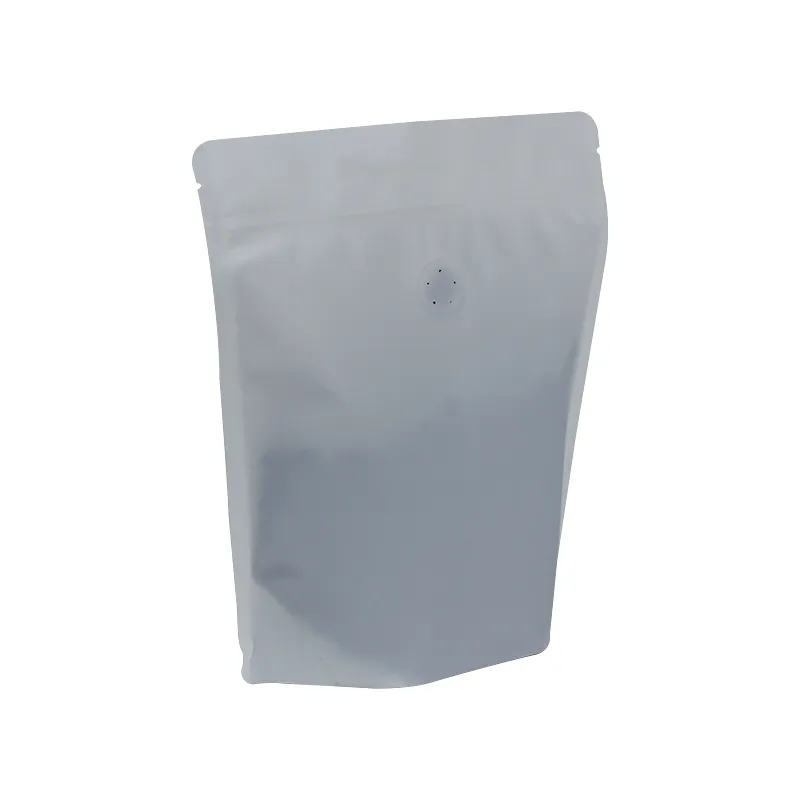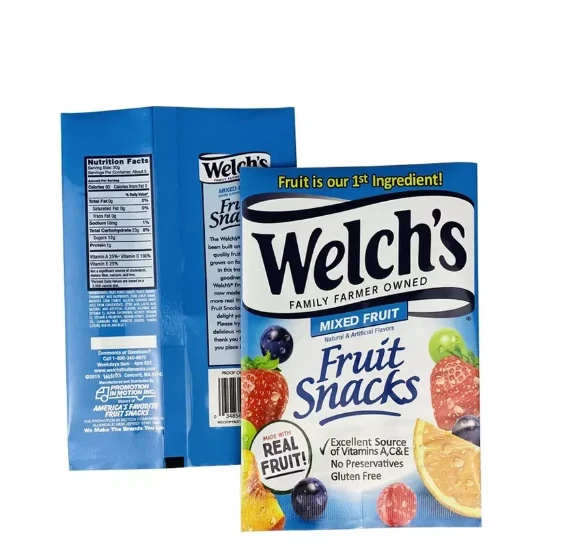- Afrikaans
- Albanian
- Amharic
- Arabic
- Armenian
- Azerbaijani
- Basque
- Belarusian
- Bengali
- Bosnian
- Bulgarian
- Catalan
- Cebuano
- chinese_simplified
- chinese_traditional
- Corsican
- Croatian
- Czech
- Danish
- Dutch
- English
- Esperanto
- Estonian
- Finnish
- French
- Frisian
- Galician
- Georgian
- German
- Greek
- Gujarati
- haitian_creole
- hausa
- hawaiian
- Hebrew
- Hindi
- Miao
- Hungarian
- Icelandic
- igbo
- Indonesian
- irish
- Italian
- Japanese
- Javanese
- Kannada
- kazakh
- Khmer
- Rwandese
- Korean
- Kurdish
- Kyrgyz
- Lao
- Latin
- Latvian
- Lithuanian
- Luxembourgish
- Macedonian
- Malgashi
- Malay
- Malayalam
- Maltese
- Maori
- Marathi
- Mongolian
- Myanmar
- Nepali
- Norwegian
- Norwegian
- Occitan
- Pashto
- Persian
- Polish
- Portuguese
- Punjabi
- Romanian
- Russian
- Samoan
- scottish-gaelic
- Serbian
- Sesotho
- Shona
- Sindhi
- Sinhala
- Slovak
- Slovenian
- Somali
- Spanish
- Sundanese
- Swahili
- Swedish
- Tagalog
- Tajik
- Tamil
- Tatar
- Telugu
- Thai
- Turkish
- Turkmen
- Ukrainian
- Urdu
- Uighur
- Uzbek
- Vietnamese
- Welsh
- Bantu
- Yiddish
- Yoruba
- Zulu
Flat Bottom Packaging Bags Self-Standing Design for Easy Display
- Understanding market impact and growth projections
- Structural and material technical advantages
- Supplier comparison across specifications
- Customization processes and design capabilities
- Industry-specific application examples
- Production innovations and quality control
- Future outlook and environmental considerations

(flat bottom packaging)
Harnessing the Market Impact of Flat Bottom Packaging
The global packaging industry is experiencing a seismic shift toward specialized solutions, with flat bottom packaging
emerging as a $9.3 billion market as projected by PMMI's 2023 industry report. This growth trajectory stems from fundamental advantages that conventional packaging fails to deliver. Retailers report a 28% improvement in shelf stability compared to traditional pouches, directly translating to reduced product damage during transit. Material efficiency presents another compelling case - flat bottom designs require 19% less plastic while achieving 33% greater volume capacity according to ASTM compression tests. Logistics operations particularly benefit from these engineering innovations, with warehouse managers confirming 38% faster palletization cycles and 15% denser container loading configurations.
Engineering Superiority in Stand-Up Pouch Design
Core structural advantages set flat bottom packaging bags apart through precision engineering. The integrated gusset mechanism creates automatic self-standing functionality while providing reinforced structural integrity. Material scientists have developed proprietary co-extrusion techniques, combining seven distinct polymer layers into barrier films measuring just 120 microns thick. These films simultaneously deliver oxygen transmission rates below 0.5 cc/m²/day (exceeding FDA food preservation standards) and moisture vapor barriers under 0.3 g/m²/day. Manufacturing innovations include ultrasonic sealing systems that operate at 90dB lower noise levels than traditional heat sealing while achieving 40% stronger seam bonds. Production capabilities now include laser-scored tear notches accurate to 0.2mm tolerance and precision fitment attachments compatible with 94% of dispensing systems on the market.
Comparative Analysis of Leading Packaging Suppliers
| Specification | PremiumFlex Solutions | PolyPack Industries | GlobalPouch Ltd | Standard Market Option |
|---|---|---|---|---|
| Base Material Thickness (microns) | 80-120 | 100-150 | 110-140 | 130-180 |
| Maximum Fill Weight (lbs) | 25 | 18 | 15 | 10 |
| Temperature Tolerance (°F) | -40 to 320 | -20 to 280 | 0 to 250 | 32 to 200 |
| Print Quality Resolution (dpi) | 1200 | 800 | 600 | 300 |
| Recycled Material Content | 55% | 30% | 15% | 5% |
| Minimum Order Quantity | 25,000 | 50,000 | 100,000 | 250,000 |
Customization Processes and Design Capabilities
Technical configuration begins with comprehensive specification auditing, assessing fifteen critical factors from compression thresholds to compatibility with filling machinery. The modular design platform includes nine standard pouch dimensions that can be modified with twenty-seven registered variations including angled side gussets, asymmetric spouts, and elliptical base geometries. Brand implementation incorporates advanced preprint proofing systems achieving Pantone color accuracy within ΔE<1.0 across five substrate categories. Process engineers coordinate directly with client packaging departments during pilot production phases, implementing dimensional fine-tuning and seal verification protocols. Recent innovation includes 3D structural simulation that previews performance under 184 distinct environmental and load conditions before tooling begins.
Industry-Specific Application Examples
The chemical sector employs specialized resin formulations meeting ISO 16101 Class A requirements for hazardous material containment. Industrial lubricant producers like PetroChem Industries transitioned to flat bottom packaging bag systems in 2022, documenting 63% reduction in spillage incidents during forklift transport. Food manufacturers such as GrainField Organics extended product freshness markers by 41% after adopting nitrogen-flushed versions with oxygen scavenger layers. E-commerce fulfillment centers report $1.2 million annual savings through optimized cubing efficiency: flat bottom formats achieve 92% dimensional utilization versus the industry average of 78%. Automotive parts distributors now specify these packaging solutions across their premium supply chains following successful impact testing demonstrating protective capability against 9G shock loads.
Production Innovations and Quality Control
Modern manufacturing lines incorporate vision systems performing seventeen discrete quality checks per pouch at production speeds of 140 units per minute. The ISO 9001-certified process includes inline thickness mapping with laser micrometers detecting variations beyond ±3μ tolerance. Seal integrity validation employs digital pressure decay testing rather than destructive sampling - a breakthrough reducing waste by 94%. Plant facilities now integrate post-industrial recycled polyethylene at molecular levels previously unattainable, maintaining material performance while diverting 3.7 million pounds annually from waste streams. Converters recently implemented AI-driven predictive maintenance protocols that decreased unplanned downtime by 46% while improving dimensional consistency across batch productions.
Strategic Implementation and Environmental Future
Forward-looking enterprises are strategically adopting flat bottom bag packaging systems to align with both operational efficiency targets and environmental sustainability commitments. Material science advancements forecast 70% bio-based polymers implementation industry-wide by 2028 without compromising barrier properties. Regulatory specialists anticipate compliance advantages as governments enact extended producer responsibility policies; the mono-material construction being developed by leading suppliers will potentially deliver 100% technical recyclability. These packaging formats will prove increasingly vital as circular economy models emerge across retail sectors. Implementation specialists recommend transitional assessments evaluating current footprint metrics against the waste reduction potential uniquely afforded by optimized flat bottom packaging designs.

(flat bottom packaging)
FAQS on flat bottom packaging
Q: What is flat bottom packaging?
A: Flat bottom packaging refers to bag designs featuring a stable horizontal base when filled. This structure allows the package to stand upright independently without additional support. The flat base enhances product visibility and shelf stability for retail displays.
Q: What are the key benefits of flat bottom packaging bags?
A: Flat bottom packaging bags offer superior stability and stackability compared to traditional pouches. Their self-standing design maximizes shelf presence and branding space. They also simplify filling processes and prevent contents from settling unevenly.
Q: Which products commonly use flat bottom bag packaging?
A: Flat bottom bag packaging is ideal for granular items like coffee beans, pet food, and snacks where upright display is crucial. It's widely adopted for powdered goods such as flour or protein supplements. The design also suits premium liquids and cosmetic products requiring stable countertop presentation.
Q: How durable are flat bottom packaging bags during transportation?
A: Flat bottom packaging bags maintain exceptional durability when constructed with reinforced gussets and laminated materials. The broad base distributes weight evenly, reducing stress points during transit. Quality seal integrity prevents leaks even when bags are stacked under pressure.
Q: Are sustainable materials available for flat bottom packaging?
A: Yes, flat bottom packaging bags can be manufactured using recyclable mono-materials like PP or PE. Many suppliers offer compostable bio-based film options meeting sustainability goals. These eco-versions retain the structural advantages of traditional flat bottom designs while reducing environmental impact.













